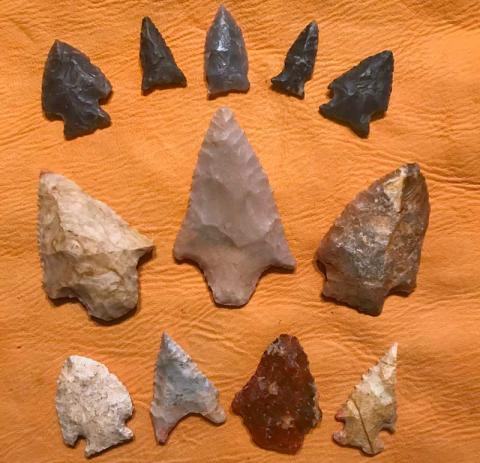
Greg Kazmierski, Whitetail Partners
For deer hunters, it's never too early to start planning your trail camera strategy for the upcoming season. Summer trail cams are a great way to gather an inventory of the deer herd on your hunting property and are often the first visual confirmation of the mature buck you will be targeting come hunting season.
It's no secret that deer will begin changing patterns as we transition from the summer months into the early stages of bow season, but there is still plenty of valuable information to pull from your summer cameras. Over the years I have constantly tweaked my summer trail camera setups, but these four areas have consistently been a primary focus.
Water
Anywhere there is a condensed flow of deer travel I love to place trail cameras, and as the summer sun beats down, water sources become a hot spot for deer movement.
Waterholes
Waterholes can be great locations for trail cameras throughout the year. Still, they will often see an increase in deer movement during the summer, especially when it's a dry summer with limited rainfall. These trail cameras will provide you with a wide inventory of the different deer on your property. The more deer visit waterhole locations, the more comfortable they become hanging around these areas, especially during daylight hours.
Creek Crossings
Another great trail camera set for the entire season, I have found a ton of consistent activity at creek crossings during the summer. A vast majority of deer fall into a consistent pattern in the summer which can make the right creek crossing a deer highway.
When looking for the right location for these trail cameras I like to spend time analyzing likely hot spots before putting boots on the ground. Creeks that are directly between bedding areas and food sources are some of the most consistent places I find crossing points.
Running water constantly changes the landscape which sometimes creates pinch points and has a big influence on deer travel routes. These pinch points can sometimes be discovered while looking at a topo map, but can also easily be found by spending some time walking up and down a creek.
Mineral Sites
Whether or not you can use deer minerals will vary depending on what state you live in and whether you are on public land or private land. Assuming it is within your state's regulations, a mineral site can be even more consistent than a waterhole.
On a new property, mineral sites are one of the quickest ways to gauge initial deer numbers and see what caliber of bucks are hanging around. On a property you have a history with and plan on hunting for a long time, they are great ways to keep up on inventory and help improve the health of the deer herd.
When selecting a location for minerals I am looking for low-impact areas in close proximity to water when it is available. With these sites receiving more deer traffic, I like to keep them in low-impact areas so I am not disturbing the core part of my deer habitat if I have to go into the field to check trail cameras or change batteries.
Food Sources

Who doesn't love getting pictures of bachelor groups of bucks sent to their phone from their trail cameras surveying their successful food plot? Monitoring food sources with a trail camera in the summer can be one of the most enjoyable experiences of the year.
Food Plots
When it comes to identifying a potential opening day opportunity, a trail camera over your food plot might be your best bet. While your target buck may spend the majority of his time in your plot outside of daylight hours, you can look between the lines of the trail camera picture and see if you can identify any consistencies in buck movement.
Through trail camera scouting you can pick up on things such as a consistent wind direction that he likes to visit the plot or what deer from the herd he likes to travel with. With this information, you can do a little additional scouting to locate potential stand locations that will give you an opportunity to fill your tag once the season opens.
Field Edges

Not to be overlooked, field edges might be my favorite summer trail camera location to catch a picture of mature bucks. As the corn and beans grow, they create a wall of security cover that allows for a direct funnel of deer traffic between the edge of the field and the fence row or timberline.
These direct paths seem to be preferred travel routes for a big buck. It allows them to get from one area to the next in an effortless manner while remaining within the security of cover. These camera locations can paint an extremely clear picture of how a buck is using different areas of a property.
Staging Areas
Your summer trail camera strategies wouldn't be complete without at least one high-impact camera location. Staging areas are places where deer socialize when they are traveling from bedding areas to food sources. These staging areas can be brushy cover adjacent to a bean field, or oak flats leading to your best food plots.
With these camera locations being more intrusive, I always limit how often I check cameras in these areas and use cellular cameras whenever possible. Hanging a trail camera in a staging area may provide you with the intel you need to make a move on your target buck this fall.






























